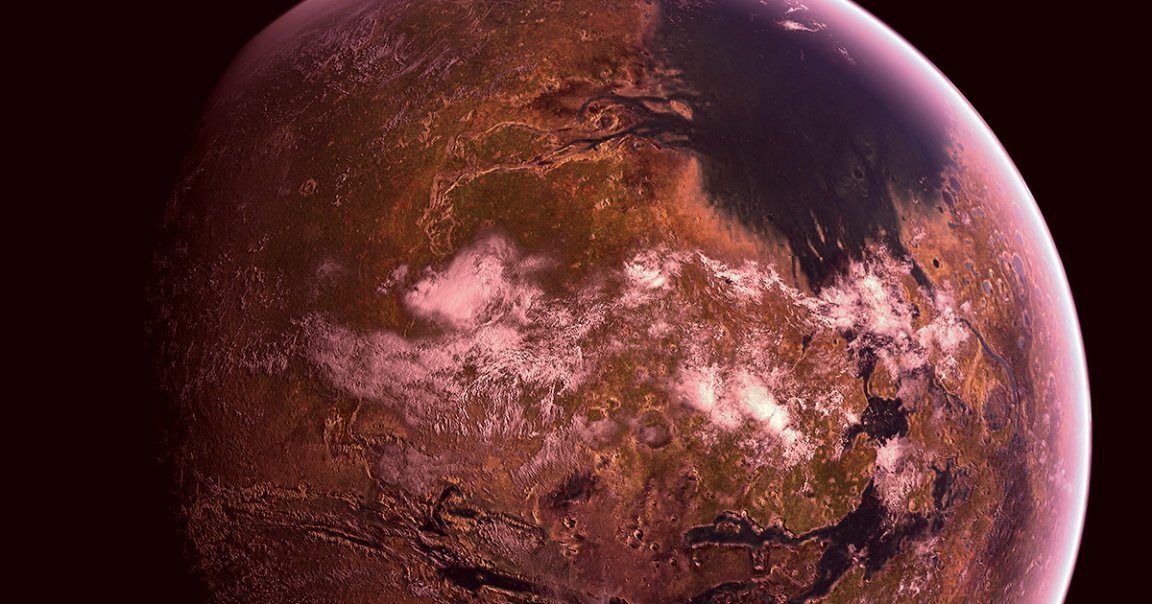
Dust to Dust
Mars may be the most Earth-like of the other planets in our Solar System, but it’s still an inhospitably cold desert world with a thin and unbreathable atmosphere. If humans are ever going to establish a sizable foothold on the Red Planet, then we would have to transform its environment radically.
Until now, most proposals to terraform Mars involve transporting enormous amounts of material from Earth. But new research suggests that we could quickly warm up the Red Planet using specially engineered dust particles made with minerals abundant on its surface.
The study, published in the journal Science Advances, found that injecting these particles into the atmosphere could create a greenhouse effect that would warm Mars by 50 degrees Celsius in a matter of months, allowing the planet’s permafrost to finally begin to thaw.
“This suggests that the barrier to warming Mars to allow liquid water is not as high as previously thought,” said study coauthor Edwin Kite, an associate professor of geophysical sciences at the University of Chicago, in a statement about the work.
Rods Swirling
The secret to this approach’s success lies in iron and aluminum naturally found in Martian dust. Trapped in the dust, the metals are poor absorbers of heat, and actually slightly cool the surface.
But repurposing them changes that. Using the iron and aluminum, the researchers designed tiny particles in the form of nanorods that are about nine micrometers in length, which is smaller than a speck of glitter.
Once released, the theory goes, these nanorods would be swept up to Mars’ upper atmosphere by winds, where they’d serve as remarkably potent greenhouse agents. Not only do the nanorods let sunlight through, they also reflect warming radiation back down to the Martian surface. In other words, they’d trap heat.
At 10 liters per second over a decade, the particles could warm Mars by up to 86 degrees Fahrenheit, which would be just enough to offset the planet’s average surface temperature of roughly -85 degrees.
One Glitter
The approach would require releasing about two million tons of material per year, but that’s still 5,000 times less than the amount needed by other geoengineering approaches, the researchers say. And this could all be done using the iron and aluminum found on the planet, making it much more feasible.
Of course, as Science notes, this on its own wouldn’t be enough to make Mars habitable.
“Increasing the temperature of the planet is just one of the things that we would need to do in order to live on Mars without any assistance,” Juan Alday, a planetary scientist at the Open University not involved in the study, told the magazine.
The Martian air would still be too thin to breathe, for example, and its soil most likely wouldn’t be rich enough for farming. But if terraforming is ever going to be a reality, then warming the planet will be an essential first step.
More on Mars: Mars Society President Calls for Starship Mission to Red Planet